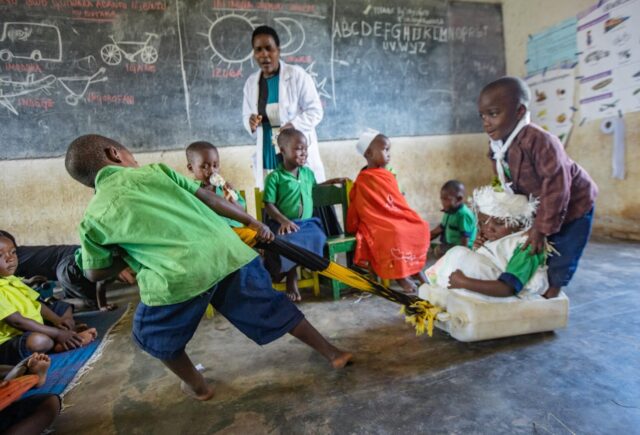The Coalition for Climate Resilient Investment has launched a ‘ground-breaking’ tool to identify climate risk ‘hotspots’ across infrastructure networks, to help countries most exposed to extreme weather become more climate resilient

In brief
- J-SRAT assesses an entire country’s major infrastructure to identify ‘hotspots’ most vulnerable to climate change
- Jamaica is the first country to pilot the technology
- First results show that inaction could cost up to 10% of the country’s GDP by 2025
The Coalition for Climate Resilient Investment (CCRI) has worked with Oxford University to develop a Systemic Risk Assessment Tool (J-SRAT) which it describes as “ground-breaking technology” to fight climate change.
CCRI was formally launched at the UN Climate Action Summit in 2019 with the UK Government, the World Economic Forum and Willis Towers Watson spearheading the initiative.
It aims to ‘mainstream’ climate risks in investment decision-making, and currently comprises 123 institutions, including institutional investors, banks, rating agencies, engineering firms and insurance companies, representing US$25trn of financial assets.
The new J-SRAT tool is “a geospatial analysis platform for infrastructure risk assessment and resilient investment prioritisation”. It helps a country identify ‘hotspots’ across major infrastructure networks – such as energy, water, and transport – most vulnerable to climate risk.
Existing climate models are limited to forecasting broader climate impacts, whereas J-SRAT assesses practical impacts of increasingly severe weather events on specific services, such as more frequent water or power shortages caused by infrastructure damage.
This week, CCRI launched the first pilot project with Jamaica, a country whose population, infrastructure and economic assets are highly exposed to extreme weather, such as hurricanes, tropical storms and flooding events that are expected to become more intense and frequent. With many of these climate hazards now irreversible, the country’s stated priority is “to adapt by building the resilience of its major infrastructure assets”.
Jamaica’s pilot project
In Jamaica, hurricanes are responsible for US$1 billion of losses annually. CCRI estimates the economic cost from coastal flooding there will more than triple before the end of the century. It is estimated that the cost of inaction could reach US$1.4 billion annually by 2025 alone , representing 10% of Jamaica’s gross domestic product.
One concrete example of the technology’s output is its conclusion that investing US$2.5 million to protect Jamaica’s two most exposed electricity substations from flood risk would yield a benefit of US$4.8-5.8 million in avoided flood damage and economic disruption.
Dr Wayne Henry, director general of the Planning Institute of Jamaica, said: “J-SRAT is a potential game-changer…as the country moves to not only modernise but also to retrofit and harden its infrastructure assets.”
CCRI hopes to roll out the technology globally “ensuring the effective and efficient investment of public and private resources”.
Dr Jim Hall, professor of Climate and Environmental Risks, University of Oxford, said: “The fundamental goal is to help unlock investment in climate adaptation. SRAT’s incredibly granular, precise, and practical analytical capabilities to prioritise where infrastructure investment is needed most and attract the scale of private sector finance that has so far been missing until now…in climate adaptation worldwide.”
Carlos Sánchez, executive director, Coalition for Climate Resilient Investment, said: “Private sector engagement is critical in bridging the existing infrastructure gap, making this technology a major breakthrough …helping to meet the world’s future infrastructure needs.”





